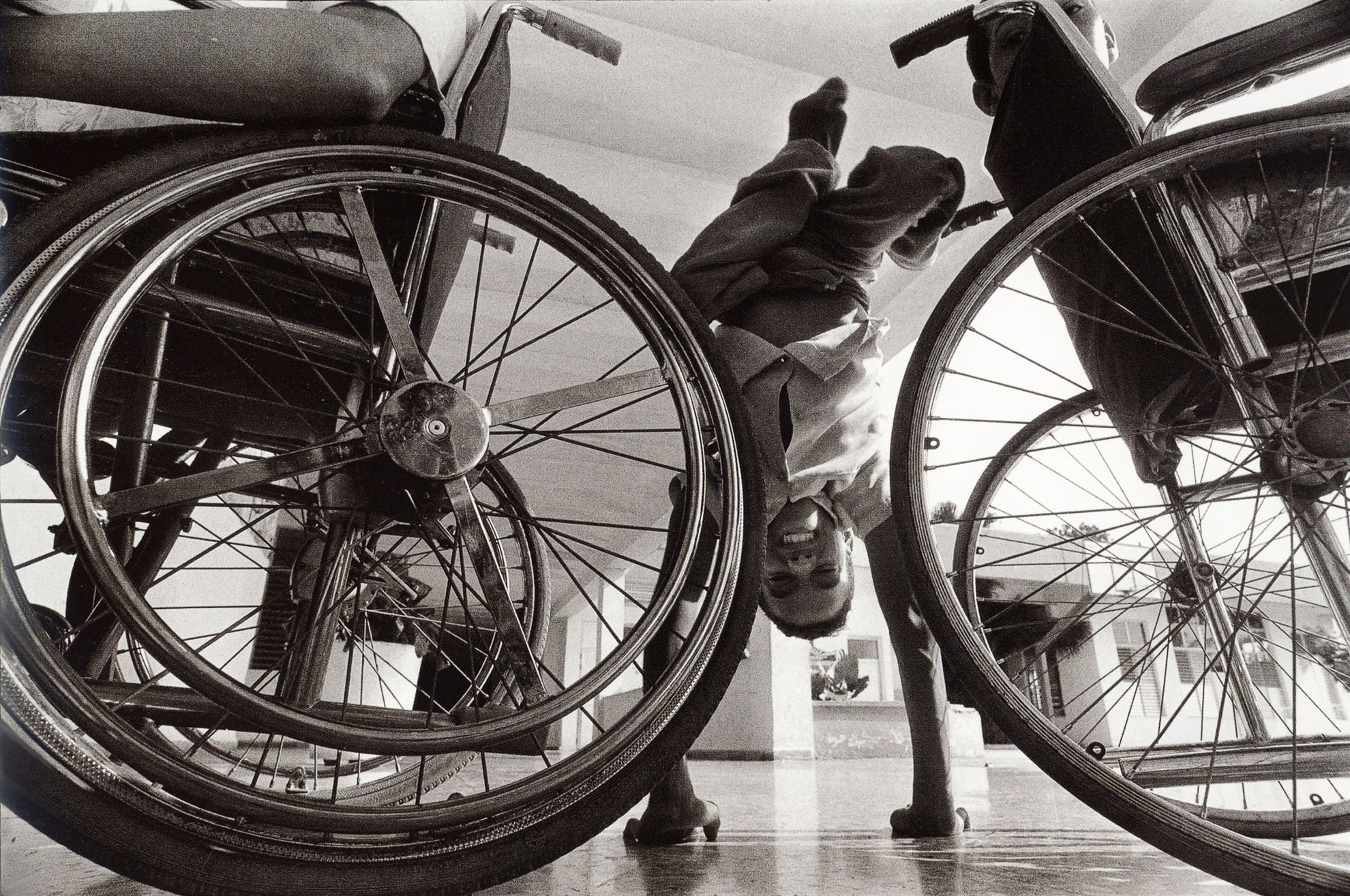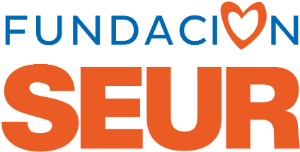Presentation
Hardly anyone thinks of registering “the ugly”, the human “defect” that we all want to escape from on a visual level. Because compassion itself hurts to practice and we flee towards the beauty of the landscape, towards the street catwalk that leaves us spellbound.
However, the photographer has spent a year in the wall of pain, until he has gained from these children and adolescents the necessary trust, the frequent elbow to elbow that comes with breaking the famous fourth wall. “And here I am,” says Arriete, smiling and upside down, “I am defending joy.
The special school for the physically and motor handicapped “Solidarity with Panama” was created by the Cuban government in 1989. It is a protected place in a certain way, protected from the leering gaze and cruel sensationalism. The artist of the lens got a safeguard to eternalize certain images that the world never wanted to possess. But nature, as we know, is capricious. So much so that it has brought to light the disproportion of the body. Luis Quintanal wanted to conceal the pain with a playful close-up that, unintentionally, exposes the spontaneity of the scene even more.
Biography
He discovered photography thanks to a Kiev camera (from the former USSR) that was in my parents' house.
He was 15 years old and I was immediately fascinated by the view of the world through the viewfinder and the lens of that device.
It wasn't until some time later that I understood that the camera, and with it photography, was a perfect means of expression and that I could say what I thought and felt without words.
So he began to walk the streets of Havana for hours, looking for the opportunity to capture everything that interested me and to which I was attracted. Then, a challenge arose for me: to learn the trade and to look photographically.
He started working as a photo lab operator and assistant in an advertising agency. I learned the craft the old-fashioned way. Then I took a higher course in photojournalism at the "Facultad de Comunicación", thus joining a collective of photographers, and I became a member of the "Universidad de La Habana".
He is currently researching the social and cultural characteristics of social groups that have formed in isolation in Cuban society, such as masons and transvestites. I am also interested in urban spaces that over time become symbols of urban archaeology.
He markets and promotes his work through agencies, galleries, and his website. He is currently working on various projects in the city of Barcelona.




